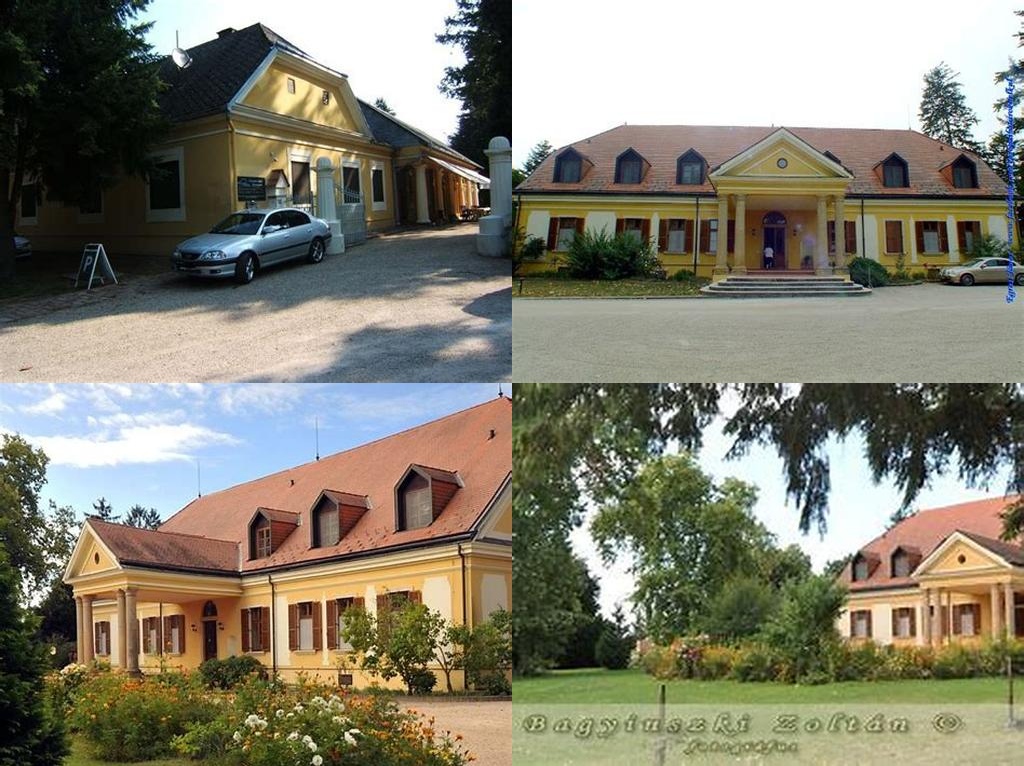
Hencse is not the kind of place you stumble upon by accident. Tucked away in the undulating landscape of southern Transdanubia, this Hungarian village attracts those who seek a slower pace and a deeper connection to the country’s rural past. In the heart of this gentle landscape stands an architectural relic that both anchors and distinguishes the town: the Márffy-kúria. While Hungary has no shortage of baroque palaces and neoclassical mansions, the Márffy-kúria offers its own brand of serene, lived-in history. If you have even a passing interest in stories carved into walls, gardens that whisper old secrets, and the delicate interface between nobility and nature, this little gem deserves your attention.
The Márffy-kúria, or Márffy Mansion, traces its story to the early 1800s, when Hungary was navigating the tides of reform and romanticism. Built in the first decade of the 19th century, the mansion originally served as a stately home for the Márffy family, one of Somogy county’s landowning clans whose social standing was mirrored in their architecture. The house’s construction melds late baroque and classicist elements, a gentle transition that echoes the boundary between eras. The mansion is long and low-slung, with a simple elegance—a nod to both restraint and aspiration.
Stepping onto the grounds, you sense the interplay between the utilitarian and the ornate. The exterior, with its dignified columns and understated pediment, is surrounded by remnants of original landscaping. Once upon a time, the garden was a careful arrangement of fruit trees, flowerbeds, and kitchen plots, feeding the kitchen and pleasing the eye. Several ancient chestnuts, which have witnessed more history than most nearby settlers, still stand sentinel near the main entrance. For those attuned to the language of old trees, this is a place to linger.
Inside, the mansion continues its gentle surprises. Although time and shifting fortunes meant most original furnishings were lost or dispersed, the layout reveals much about 19th-century domestic life in rural Hungary. High ceilings and gracefully arched windows flood the rooms with sunlight, and visitors can imagine the gentle bustle of estate life, from the hush of afternoon teas to the heavy chatter of threshing seasons. Wandering through the rooms, you find vestiges of an era that prized both leisure and labor, as well as decorative touches—stenciled wall designs, fragments of colored tile—that hint at the old-world tastes of its residents.
History, here, is not only a matter of dust and rumor. During its long life, the Márffy-kúria bore silent witness to the sweeping changes Hungarian society underwent. It weathered the rise and fall of the Habsburg monarchy, the turbulence of the 1848 Revolution, and the two World Wars. Like much of rural Hungary, the mansion suffered in the 20th century as nobility faded and agricultural collectivization claimed estate lands. For a time, its grand rooms served as offices, then as rural housing—each use leaving marks, both physical and ineffable. Restoration in the late 20th century, carried out with surprising care and reverence for authenticity, revived the house’s dignity.
But the real magic of the Márffy Mansion lies in its atmosphere. Unlike the grand, velvet-rope tourist palaces of the Danube, the kúria feels utterly approachable. It sits quietly among the fields, stones warmed by the sun and windows gleaming with reflections of poplar and sky. Modern visitors might find themselves alone in the light-drenched salons, the quiet broken only by birds, or by the distant everyday sounds of Hencse: a tractor, a church bell, laughter somewhere over a fence. Here, the passage of time feels kind, not frightening—a place where history and present-day quietly coexist.
Nearby, the village itself offers small but meaningful pleasures: a classic Reformed church with off-white walls and spindly steeple, a smattering of friendly locals for whom the kúria is both landmark and old friend, and a landscape ideal for long walks or lazy afternoons. The Somogy countryside ripples with low hills, little lakes, and woods. Golfers might already know about the Hencse National Golf & Country Club, but those who wander to the Márffy Mansion find a different kind of reward—a sense of rootedness, of stories and stones breathing together.
Whether you’re a fervent architecture buff, an aficionado of half-forgotten aristocratic tales, or simply someone seeking reflection beneath ancient trees, the Márffy-kúria answers in its own steady, subtle way. It is not a place of spectacle, but one of resonance. For those who make the turn towards Hencse and walk the weather-softened steps of the mansion, there’s always the feeling of being granted a small, rare glimpse into how history quietly continues among the folds of the Hungarian countryside.





